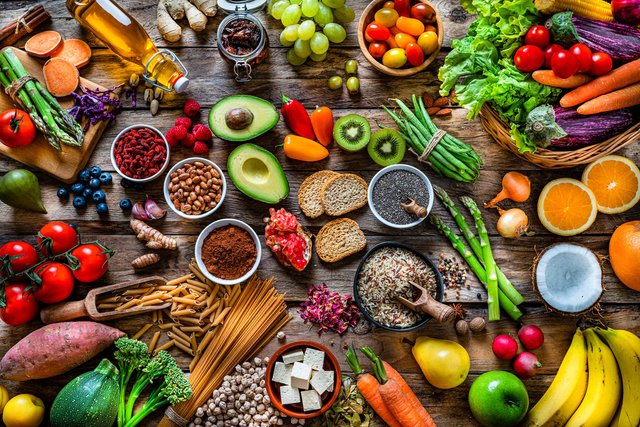How to cut $50 off your food spend without sacrificing the quality of your meals

For a variety of causes, including the rising cost of labor, fertilizer, and gasoline, grocery prices have increased.
Although you could "browse around" for less expensive food, doing so would cost you more in terms of time and gas.
According to research, a nutritious diet takes up 20 to 30 percent of the disposable income of low-income households. But a healthy diet still costs less than one that is dominated by items that have undergone extensive processing.
Knowing your budget, being flexible, and preparing are necessary to reduce your shopping spend.
What is your process then?
Find recipes that use the seasonal fruits and vegetables by first looking up when they are in season.
Replace some of the fresh produce with canned or frozen options, and swap out pricier goods with less expensive ones.
At least once per week, eat a vegetarian dinner.
Next, make a shopping list. Through fewer in-store impulse purchases, this aids in cost savings. Only purchase what you actually need after checking your cupboard, refrigerator, and freezer contents. So, there will be less food waste.
Before going to the store, look up specials in online catalogs. Compare costs once you're in the store and pick brands that are less expensive. This lowers the cost of nourishing meals.
How much do families spend on food?
According to a survey from 2021, the average shopping bill at a supermarket was A$98 per week for a single person, $145 for a pair, $168 for a trio, $187 for a quartet, and $255 for five or more.
According to an older poll from 2016, the average household (2.6 people) spent $269 per week on food and drink across all stores, including the grocery store ($237) and other retailers ($32).
The majority of the funds ($80) were spent on "discretionary" purchases like eating out or fast food, followed by $20 on sweets, chocolate, savory snacks, and potato chips, and $10 on cakes, biscuits, and puddings. Fruit and vegetables cost $26 per week at the grocery store.
According to a 2019 survey, the average consumer spends $300 per week on food and beverages. This included food delivery services ($12), supplements ($12), health foods ($11), eating out ($52), drinking ($31), takeaways ($22), barista coffee/tea ($13), and groceries ($135).
5 ideas to help you cut costs
Considering everything, the following are five important suggestions to bear in mind when preparing meals for your family:
1- Have a food budget
How many people you need to feed, their ages, and your household income will all have an impact on the total amount of money you spend on food. A general guideline is that it shouldn't cost more than one-third of your overall discretionary income for the household.
Set goals in your budget for both essential, nourishing foods and optional foods and beverages (soft drinks, chips, biscuits, cakes, lollipops, pies, pastries, and deli meats), as well as for eating out (coffees, fast food, pubs, clubs, bottle shops and restaurants).
2- Create a weekly menu for your meals, snacks, and beverages
Make a corresponding grocery list. To avoid making a purchase, look through your pantry, refrigerator, and freezer to see what you already have and whether any ingredients can be substituted.
3- Bring a lunch
Purchase a lunchbox, and pack it the previous evening. Place it in the refrigerator so you can get it in the morning and go. See our $5 make-at-home lunches for inspiration.
If your mornings are too hectic, include breakfast items as well.
4- Prepare additional food at home.
By preparing more meals at home, you might be able to save money and eat better versions of your favorite takeout foods, including pizza and burgers.
According to a US study, people who cook more frequently at home spend 50% less money on meals consumed away from home than those who cook less frequently. Additionally, they saved 17% total on food costs.
Both groups spent the same amount on groceries, which raises the intriguing possibility that infrequent home cooks either wasted more food, ate more, or did both.
5- Prepare in two batches
The same dish can be prepared in larger quantities and frozen or eaten twice, such as curries, soups, and casseroles.
On our No Money No Time website, we've created a $60 per week meal plan for people who need to shop on a severely constrained budget. This free tool includes a meal plan with budget-friendly dishes that are created to provide essential nutrients for health.
Try the Ask Izzy page if you need assistance getting meals straight away. You can find nearby assistance services, including free lunches, by entering your postcode.